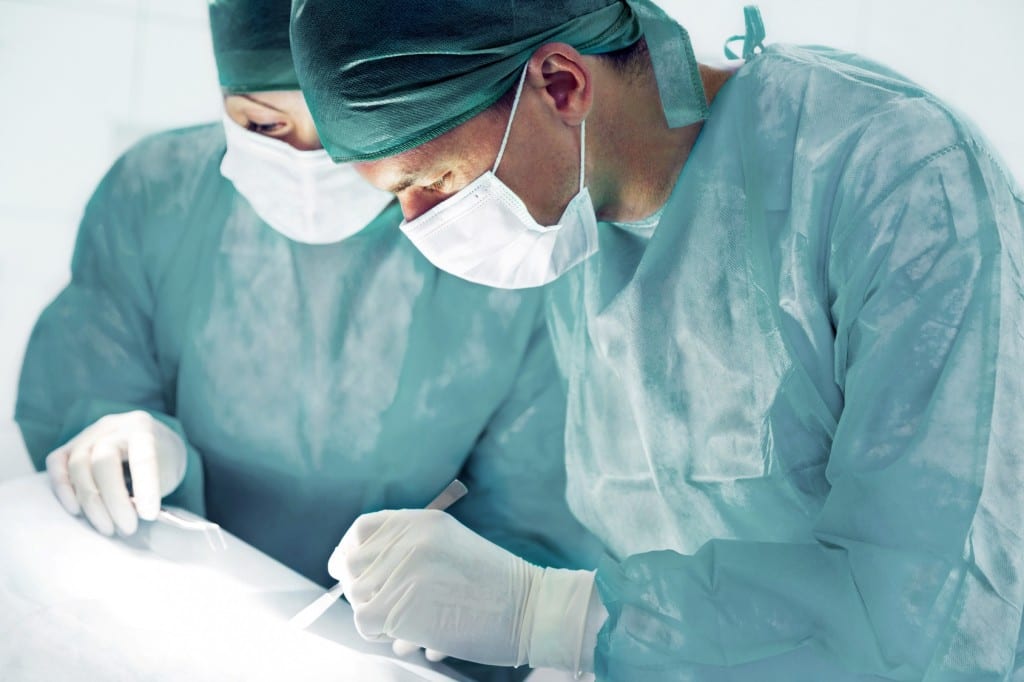Sciatica Treatment Option: Lumbar Epidural Steroid Injections

As early as 1952, epidural steroid injections (ESIs) are considered one of the most common treatments for low back and leg pain. Until now, it is still one of the important non-surgical approaches for sciatica and other forms of low back pain. The injection aims to temporarily relieve pain and is commonly combined with other […]
Minimally Invasive Spine Surgery FAQs (PART 2)

How long will pain last after a MISS ? Every MISS procedure has different recovery rates. On average, however, MISS patients are discharged twice as fast as patients who undergo traditional surgery. Will I become dependent on pain medication after an MISS? There is no evidence of addiction stemming from post-operation pain treatment. Is wearing […]
Minimally Invasive Spine Surgery: Complications and Surgery

Minimally invasive spine surgeries may be performed as: Lumbar Discectomy – Severe leg pain numbness or weakness may be due to a herniated disc that is pinching a spinal nerve. During discectomy, the disc is surgically removed to relieve these symptoms. The patient lies face down and a small incision, typically less than an inch, […]
Minimally Invasive Spine Surgery: Common Techniques

Minimizing trauma during minimally invasive spine surgery (MISS) can be done with a variety of methods. Common MISS techniques include: • Surgery using tubular reactor – Instead of cutting directly through the muscles, this technique involves progressive dilation of soft tissues. The surgeon works through the incision with the help of tubes that keep the […]
Minimally Invasive Spine Surgery FAQs (PART 1)

Should I undergo spine surgery? Surgery is always the last option when treating spinal conditions. If non-operative treatments like medication and physical therapy fail to alleviate the back pain, only then will the doctor suggest surgical treatment for specific conditions like sciatica, spinal stenosis, spondylolisthesis or degenerative scoliosis. A patient’s individualized condition, symptoms and level […]
Your Guide To Minimally Invasive Spine Surgery

Doing operations on the spine used to be an “open surgery”. This entails creating a long incision to enable the surgeon to access the spine area. However, technological advances in recent years have allowed for minimally invasive surgical technique to emerge. Minimally invasive spine surgery or MISS doesn’t require a long incision therefore minimizing any […]
Facts On Minimally Invasive Spine Surgery

Minimally invasive spine surgery (MISS) aims to relieve the pressure on the spinal nerves and/or stabilize the vertebral bones and spinal joints due to herniated discs, scoliosis, spinal tumors, bone spurs or spinal instability. A person’s spinal nerves, vertebrae and discs are located deep inside the body. Because of this, any approach to access the […]
All About Herniated Disc (PART 5)

There will always be a 5% chance of a disc herniating again, regardless of the treatment a patient follows. If a patient follows the non-surgical approach, symptoms may take months to be resolved. When surgery follows through after 6 months of conservative care, there is still a chance that its final outcome may not be […]
All About Herniated Disc (PART 4)

In many treatment cases, patients with a herniated lumbar disc will slowly start to see improvements after several days or weeks. Many patients are likely to be free of symptoms by 3 to 4 months. However, there are a percentage of patients that will still experience pain while recovering. When it comes to disc herniation, […]
All About Herniated Disc (PART 3)

Low back pain that lasts for a few days is considered the initial symptom of a herniated disc. The pain may seem to improve after a few days, only to be followed by a pained, numb, or weakened leg. The pain will often reach below the knee and into the ankle and foot. Some patients […]
All About Herniated Disc (PART 2)

One of the most common causes of lower back pain and sciatica is a herniated, slipped, or ruptured disc. Spine Center of Texas will be delving deeper into the risk factors that increase the likelihood of a person to develop a herniated disc. Knowledge of what the risk factors are can help prevent further problems […]
All About Herniated Disc (PART 1)

Herniated, slipped, or ruptured discs are some of the most common causes of lower back pain and sciatica. Almost 60-80% of people will develop low back pain at some point during the course of their lives. The majority of these cases are caused by herniated discs. Herniated disc can be very painful, but they can […]


